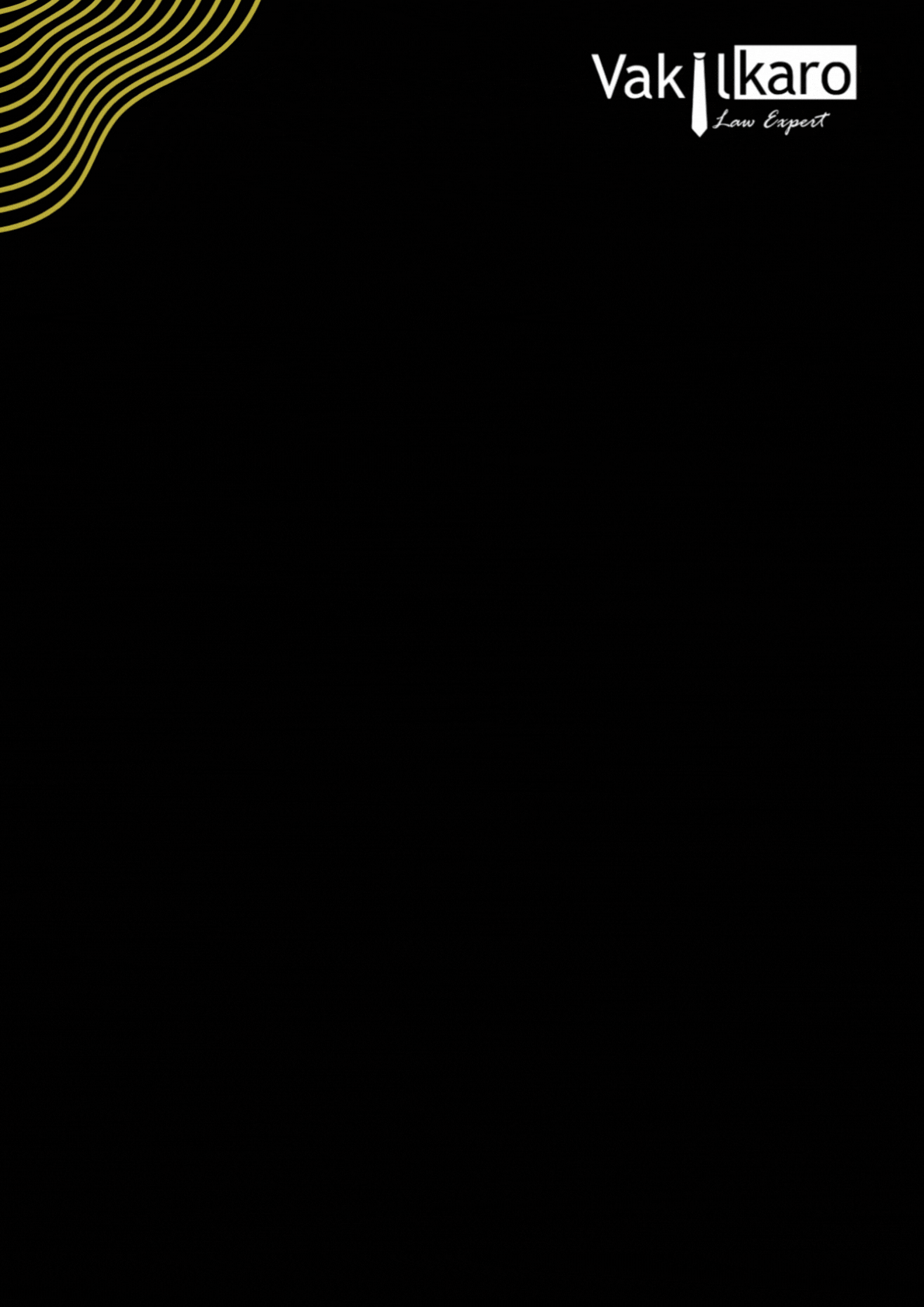Comprehensive Guide to Design Registration in India
Design registration in India is governed by the Designs Act, 2000, a crucial piece of legislation that provides legal protection for the aesthetic and ornamental aspects of products. The objective of this Act is to safeguard the visual design of articles, ensuring that creators have exclusive rights over their designs and preventing unauthorized copying. This guide aims to simplify the design registration process, covering the eligibility criteria, prohibited designs, and the role of the Patent Office in facilitating the protection of intellectual property (IP).

10,000+
Clients Served

10,000+
Businesses Registered

10,000+
Legal Advices

Google Reviews

4.1/5 | 50+ Happy Reviews

 Guaranteed Registration
Guaranteed Registration Cost Effective Rates
Cost Effective Rates 24x7 Support
24x7 Support 10K+ Businesses Registered
10K+ Businesses Registered
Documents & Details Required
of 2 persons
 PAN, Aadhaar, Photo, Mobile, Email
PAN, Aadhaar, Photo, Mobile, Email Latest Bank Statements
Latest Bank Statements Company Name
Company Name Rent Agreement for the Company Address
Rent Agreement for the Company Address
Need Help?
Fill the Form Below
